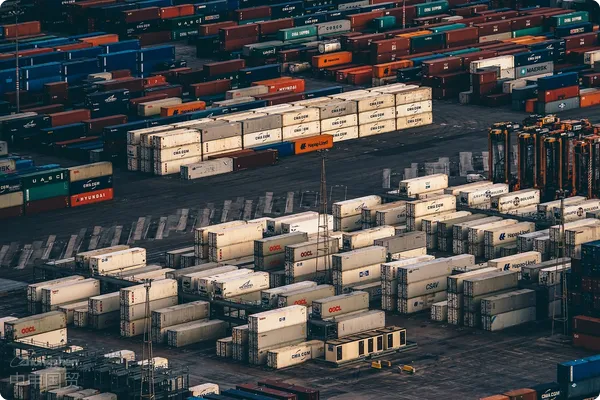- Shanghai Zhongshen International Trade Co., Ltd. - Two decades of trade agency expertise.
- Service Hotline: 139 1787 2118

Contents
ToggleHidden cost traps in equipment import trade
A precision instrument importer encountered a typical case in early 2025: Due to HS code classification errors during self-declaration, the equipment was detained at port for 38 days, incurring additional storage fees of 170,000 yuan and missing project deadlines resulting in 2.3 million yuan in penalties. This revealsEquipment Importsthree major risk dimensions:
- policy compliance risks: The ASEAN Equipment Mutual Recognition Agreement effective in 2025 adds mandatory certification for 12 new product categories
- Technical barrier risks: The latest revision of EU Machinery Directive involves adjustments to 23 safety parameters
- Logistics control risks: Ultra-precision equipment transportation must meet GJB150A-2025 military standard anti-vibration requirements
Operational cost comparison between self-import and professional agency
We selected 120 equipment import cases from 2024-2025 for cost analysis:
- Time Cost
- Average processing time for self-operation: 87 working days
- Average processing time for professional agents: 43 working days
- Cost of funds
- Tariff misjudgment probability: 32% for self-operation vs 5% for agent operation
- Demurrage occurrence rate: 41% for self-operation vs 8% for agent operation
EquipmentImport RepresentationFive core values of the service
Professional agency companies provide not just customs clearance services, but a risk management system throughout the equipment lifecycle:
- Pre-entry review system: Integrates the latest equipment access databases from 43 countries/regions
- Tariff optimization plan: Applies RCEP cumulative rules to reduce average tariff rates by 14.7%
- Technical document management: Ensures CE/FCC/CCC certification documents comply with 2025 edition standards
- Special transportation solutions: Customizes three-level anti-vibration transport systems for precision equipment
- Emergency response mechanism: Establishes 48-hour customs clearance emergency channels at major ports
2025 complete process analysis for equipment imports
Taking a semiconductor company importing lithography machines as an example, the operational path of professional agents:
- Technical compliance phase(Days 1-15)
- Verifies equipment model status on export country control lists
- Prepares EUV lithography machine-specific export licenses
- Logistics preparation phase(Days 16-30)
- Designs constant temperature and humidity transport container solutions
- Purchases special equipment transport additional insurance
- Customs Clearance Implementation Stage(Days 31-45)
- Applies for major technical equipment import tax incentives
- Processes temporary entry bond installment payments
New trends in the 2025 agency service market
With global supply chain restructuring, professional agency services show three upgrade directions:
- Application of regional trade agreements: Tariff Restructuring Brought by the African Continental Free Trade Area (AfCFTA) Taking Effect
- Intelligent Logistics Integration: Implementing End-to-End Equipment Transportation Status Monitoring Using 5G IoT
- Compliance Management Tools: Developing Embedded Regulatory Alert Systems for Real-Time Updates on Regulatory Dynamics Across 38 Countries
Selecting agencies with full-chain service capabilities has become a critical decision for equipment import enterprises to control risks and improve efficiency. Professional agents can not only increase customs clearance efficiency by 60%, but also save an average of 18.5% in operating costs through tax planning, which is decisive in the equipment import sector where technology update cycles have shortened to 12-18 months.
Related Recommendations
? 2025. All Rights Reserved. Shanghai ICP No. 2023007705-2  PSB Record: Shanghai No.31011502009912
PSB Record: Shanghai No.31011502009912










